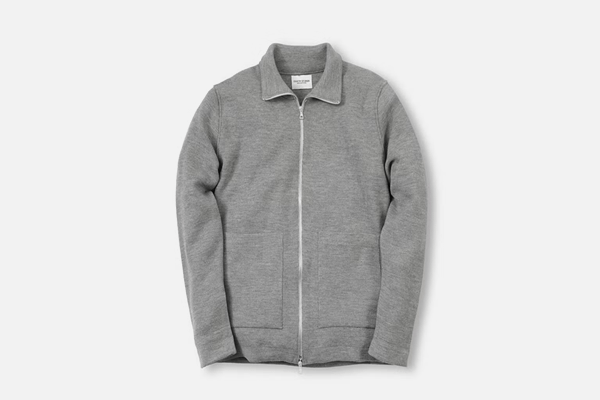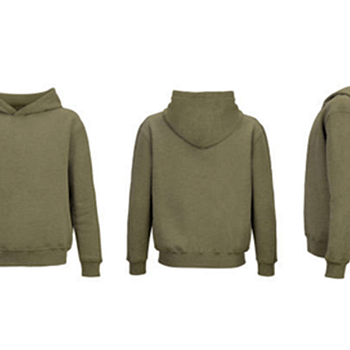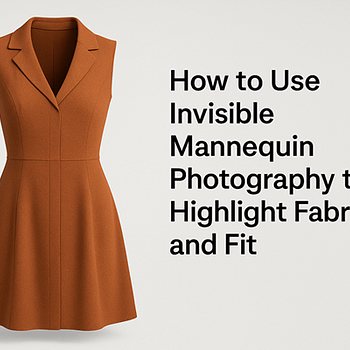What Is the Best Lighting for Flat Lay Photography?
Flat lay photography has become a staple in everything from product shots and food photography to social media content and editorial layouts. At its core, flat lay involves arranging objects on a flat surface and capturing them from directly above. While styling and composition are crucial, lighting is arguably the most important technical element. It can make or break your shot, affecting clarity, colour, depth, and overall quality.
So, what is the best lighting for flat lay photography? Let’s break it down.
Natural light: Soft and even
For many beginners and professionals alike, natural light is the ideal starting point for flat lay photography. It provides a soft, diffuse quality that reduces harsh shadows and highlights, perfect for creating clean, well-balanced images.
Best practices:
- Use indirect daylight from a large window.
- Avoid direct sunlight, which can create overly harsh contrast.
- Shoot during golden hour (early morning or late afternoon) for warm tones, or midday with sheer curtains for neutral light.
- Use white foam board or reflectors to bounce light back onto the subject and soften shadows.
Limitations:
- Natural light is inconsistent and weather-dependent.
- Colour temperature can shift throughout the day.
Continuous LED lighting: Controlled and consistent
If you’re working in a fashion photography studio or require consistency across multiple shoots, continuous LED panels are an excellent choice. They allow full control over intensity, angle, and colour temperature, and they’re often flicker-free, important for video content or high shutter speeds.
Advantages:
- Can simulate daylight (look for lights rated at 5500K).
- Allow for precise positioning and easy adjustment.
- No flash timing required, making them ideal for live previews and styling adjustments.
Setup tip: Position one LED panel at a 45° angle to the subject, then use a second light or reflector opposite it to balance the shadows.
3. Softboxes and diffusers: Key for light control
Pairing your lighting with softboxes, umbrellas, or diffusion panels is critical in flat lay photography. These tools spread and soften light, mimicking the effects of natural window light without the variability.
Technical benefit: Soft, diffused light reduces texture shadows and hotspots, especially important for shiny products like jewellery, cutlery, or packaging.
Recommended configuration:
- Use one large softbox positioned directly overhead or slightly off-centre.
- Add side fill (via another soft light or reflector) to minimise unwanted shadows.
4. Flash or strobe lighting: Powerful and professional
For high-end commercial flat lays, especially where ultra-sharp detail and colour accuracy are vital, flash or studio strobes offer superior output and control.
Benefits:
- Greater power for narrow apertures (f/11 or higher) and lower ISOs.
- Can freeze motion and eliminate blur, which is helpful in food photography or liquid pours.
- Ideal for batch shooting under identical conditions.
Drawbacks:
- Requires familiarity with sync settings and light metering.
- Not as intuitive to set up as continuous lighting.
Technical tip: Use a light meter and shoot tethered to monitor exposure and adjust your modifiers as needed.
Lighting angles and shadow control
Lighting direction is just as important as light quality. In flat lay photography:
- Top-down lighting gives a clean, symmetrical look, great for minimalist setups.
- Side lighting adds depth and texture, especially for fabrics or natural materials.
- Backlighting can create a bright, airy feel, but it often needs front fill to avoid silhouettes.
Use white cards to reflect light, or black cards (negative fill) to introduce subtle contrast and shape.
Conclusion: What’s the “best” lighting?
There’s no single best lighting for flat lay photography, it depends on your subject, style, and setup. That said:
| Goal | Ideal lighting setup |
| Natural, clean aesthetic | Indirect window light + reflectors |
| Controlled product shoots | LED panels with softboxes or diffusers |
| High-end commercial detail | Studio strobes with modifiers |
| Texture and drama | Side lighting + controlled shadow play |
Whether you’re shooting jewellery, cosmetics, baked goods, or fashion accessories, investing in the right lighting setup will elevate your flat lay work to a professional level.




